First, the good news: Tommy Walter’s still got it.
The California-born musician, under the moniker of his solo project Abandoned Pools, played a vital role in shaping the original run of MTV’s Clone High, composing its theme song and sanctioning needle drops from his (excellent) 2001 album Humanistic. The series’ Max reboot brings him back into the fold for a reprisal of the theme, plus several additional tracks — Walter’s first new work in nearly a decade. It all sounds great, maybe a little too great; his angsty, early-aughts emo sensibilities, once perfectly aligned with the milieu Clone High was responding to in 2002, now seem vestigial, a flash of cultural specificity in a comparatively amorphous season of television.
This new season concluded with two episodes that are each, in their own way, representative of its frequently baffling changes in direction. The first, an extended flashback chronicling the life of one of Clone High’s many side characters, Mr. Butlertron; the second, a half-hour finale in which the cast navigates a deadly labyrinth as part of a college entrance exam. There are jokes, some of which are even funny. But it hardly feels like Clone High.
Of course, the show’s central conceit remains unchanged. A gaggle of cloned historical figures, most around 16-17 years old, attend high school together. The first season’s key players were Abe Lincoln, Joan of Arc, Cleopatra, Mahatma Gandhi, and John F. Kennedy. All sans Gandhi return for season 2, plus some new faces: Frida Kahlo, Harriet Tubman, Confucius, and Christopher Columbus. It’s a wonderful, infinitely malleable premise, one that immediately compels audiences to imagine a bevy of possible scenarios.
But Clone High’s true strength was always its sharp satirical edge. It wasn’t just famous people in zany situations. It was famous people in zany situations by way of Degrassi, or Dawson’s Creek, or My So-Called Life, or Saved by the Bell. Each main character was a variation on an ’80s or ’90s teen drama archetype, and each episode was a sendup of these dramas’ “very special episodes,” designated as such for their focus on heavier-than-usual subject matter. In Clone High, that gravitas was facetious. The show’s “darkest” (and funniest) episode, patterned after the likes of Beverly Hills 90210’s “The Next Fifty Years,” features the previously unseen (but universally adored) clone of Ponce de Leon — voiced, fittingly, by 90210 alum Luke Perry — dying in a freak “littering accident.” Nothing of value is learned, the status quo is unaltered, and the character is never mentioned again. Yet the episode feels, in its own demented way, more genuine than what it’s spoofing.
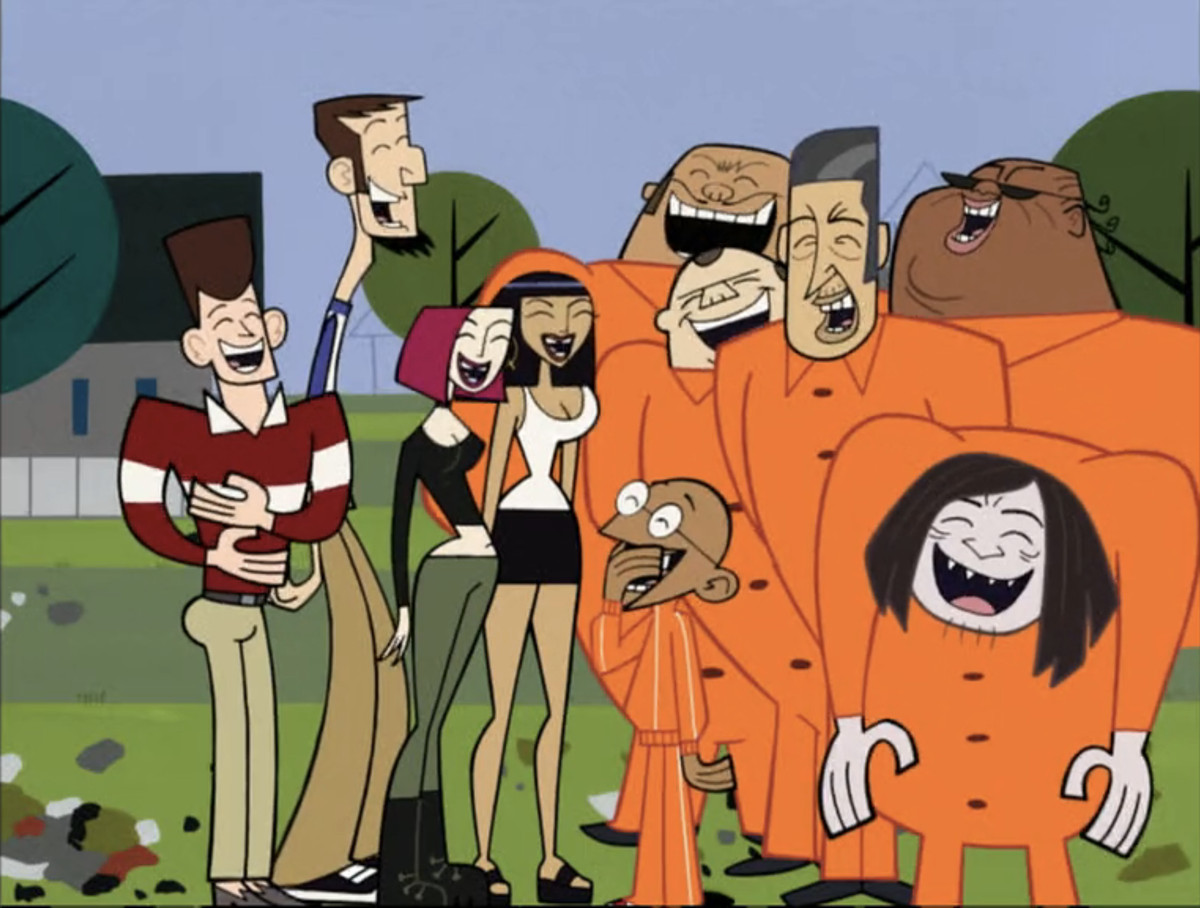
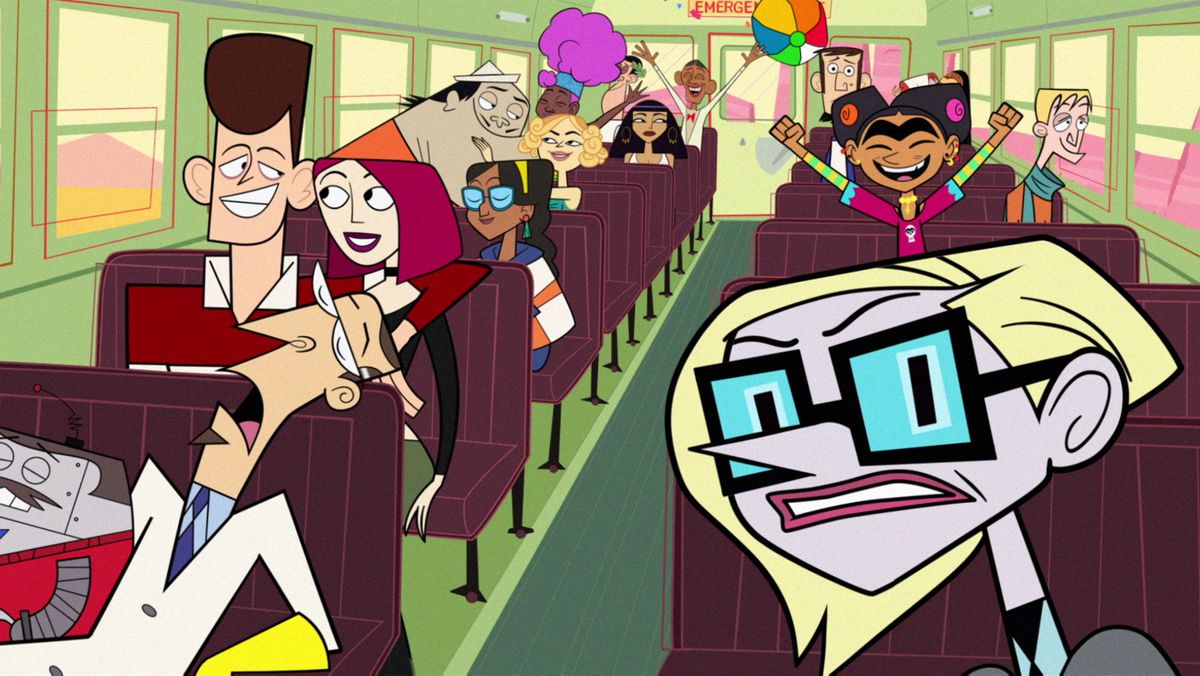
Clone High was cynical, but never insincere. It simply ascertained that most pop sincerity was bullshit, and responded in kind. Laughing at the mawkishness of these shows was more in the spirit of adolescence than almost anything in the shows themselves. Teenagers see right through this stuff! Sure, there’s enjoyment to be found in it (I love Dawson’s Creek, and so do you), but attempts at reproducing the actual lived experiences of teens, at trying to Keep It Real, rang hollow far more often than not. Here was a series in this mold with zero meaningful lessons to impart — beyond the notion that we were all dirtbags, once, including and especially those stuffy historical figures you read about in school. In the world of Clone High, dirtbaggishness is a virtue, and the show’s unwavering love for its own broken, bizarre characters is both poignant and infectious.
It ended far too soon, capping out at just 13 episodes (and concluding with a high-stakes cliffhanger) before its abrupt cancellation. For ages, when asked which television shows I’d like to see rebooted — a query that, in our current sequel and prequel-sodden media landscape, seems a twinge more pernicious than it once did — one of my first answers would always be Clone High. In retrospect, maybe this was short-sighted. The show alighted on a precise cultural moment that was already fraying at the edges: soap-inflected teen drama formats were gradually losing momentum, My Chemical Romance and Fall Out Boy were about to become the biggest names in emo music, and Western adult animation’s newfound cultural cachet, brought about by surprise hits like Beavis and Butt-Head, South Park, and Family Guy, would eventually homogenize it. I’m not sure what I thought a reboot of Clone High would, or should, look like.
In any case, I wasn’t alone. The show’s fanbase vocally advocated for its return for years, and its creators — Phil Lord, Chris Miller, and Bill Lawrence, all of whom have since achieved mainstream success — repeatedly went on record saying that reviving Clone High had been a top priority for the majority of their careers. On July 2, 2020, news of the revival became official, and I was ecstatic. On May 23rd, 2023, it premiered with an episode about cancel culture.
Which, man, who cares? Exceedingly few artists have managed to tackle cancel culture — however one chooses to define the term — in a way that’s more insightful than obnoxious, and no, Lord and Miller don’t clear the bar. (Episode 1 of the reboot is the only one they’re credited with writing. Erica Rivinoja, who wrote two episodes of Clone High’s original run and now acts as showrunner, also shares a credit.) “Let’s Try This Again” is the reboot in miniature, occasionally hewing closely to the comedic tone of the original — I particularly enjoyed its distinctly Clone High-ian anti-moral, where Abe Lincoln decides to apologize to his friends by letting them pour hot sauce on his paper cuts — but mostly opting to pull punches and gaze at its own navel.
The episode isn’t so much about contemporary issues as it is about itself, and as with the rest of the season, it comes off as conflicted and confused, as though the show’s creators are attempting to make amends for any perceived decades-old missteps while simultaneously venting their frustration at no longer being able to write the jokes they want to. And if that’s the case, maybe Clone High wasn’t worth revisiting. I’d rather have no show at all than a show that doesn’t seem particularly proud of itself.
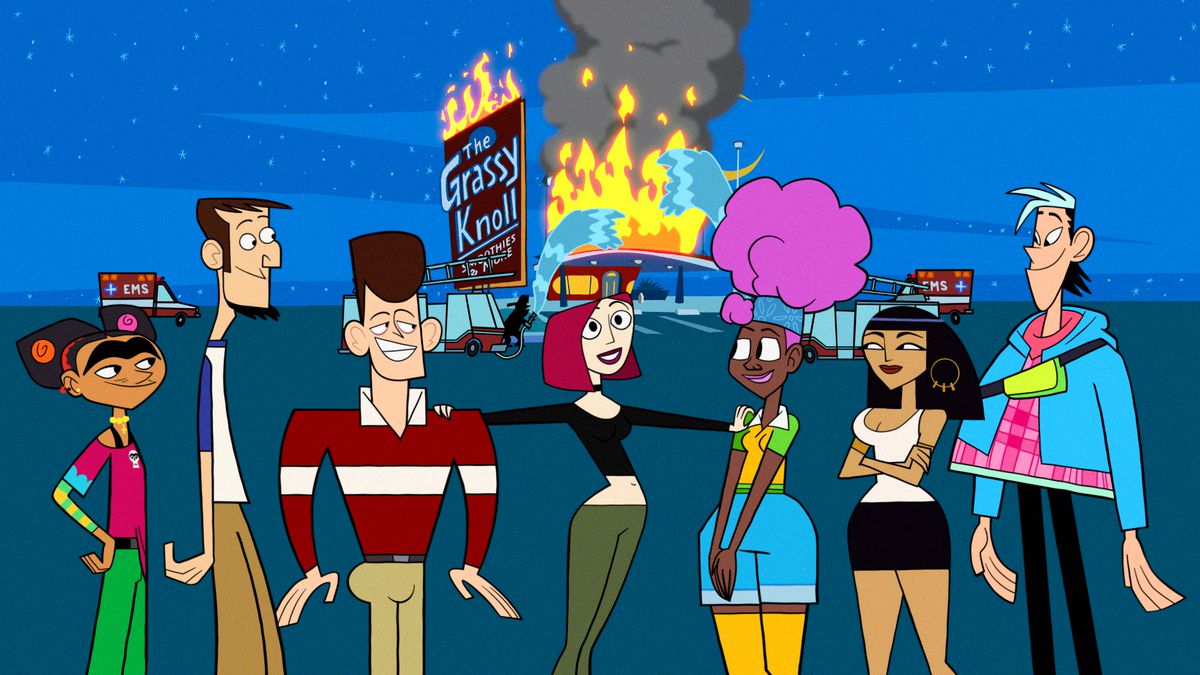
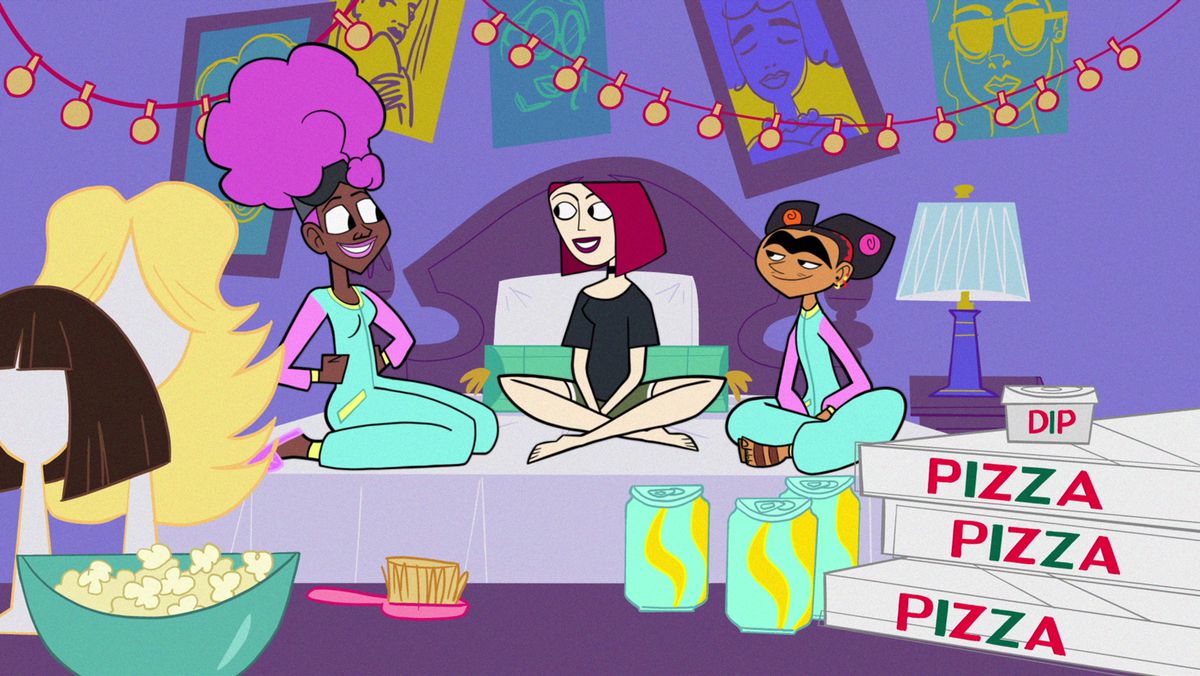

There are exceptions, thankfully. Season 2’s high point is probably its second episode, “Sleepover,” which is largely a vehicle for establishing ongoing dynamics between multiple new sets of characters. Most of the gags land, and its pivotal plot point — Frida Kahlo and Harriet Tubman revealing during a game of “never have I ever” that they committed vehicular manslaughter as children — is just goofy and mean enough to feel right at home in Clone High, undercutting (but not extinguishing) any real pathos with its macabre absurdity.
Sadly, that’s where the show loses most of its teeth. Characters’ edges are sanded down bit by bit: JFK goes from belligerent, womanizing jock to dopey golden retriever, and Cleopatra, once defined by her shrewdness every bit as much as her mean-girl vanity, is far more hysterical and myopic here, a change that strikes me as more misogynistic than any old jokes the writers are apologizing for. Gandhi is gone altogether, outside of a few winking references. This is a thorny issue: The primary reason behind the series’ initial cancellation was its irreverent depiction of Gandhi, and I don’t intend to admonish anyone who took umbrage with it. But his absence is felt, and none of the new characters quite fill the same anarchic niche.
More disappointing — and, in a way, expected — is the reboot’s general shapelessness. Far removed from the teen dramas season 1 used as a defining reference, it flails, mostly opting to paint its plotlines in broad, uninspired strokes. This makes some sense, given that those dramas no longer exist. They’ve been supplanted with shows like Euphoria, Riverdale, and 13 Reasons Why, all of which carry their own unique brand of overwrought drama — at times more crime thriller than soap opera.
But a shift that drastic would be a big swing for Clone High, and season 2 makes clear from the outset that big swings are off the table; it seems far less interested in holding a mirror to contemporary pop television than in embodying contemporary pop television, or at least a shade of it. Feisty, maybe, and self-aware, but still mostly in lockstep with the deluge of other by-the-numbers adult animated shows saturating streaming services.
In episode 5, Harriet asserts that she wants her artistic output to be lowbrow, crowd-pleasing, and safe, and this is presented as a bold, virtuous stance; the fact that the show takes a stance at all, let alone this one, underscores an unfortunate shift in priorities. Clone High’s incisive (and affectionate) cynicism has been swapped out for an inclination to — deep breath — Keep It Real.
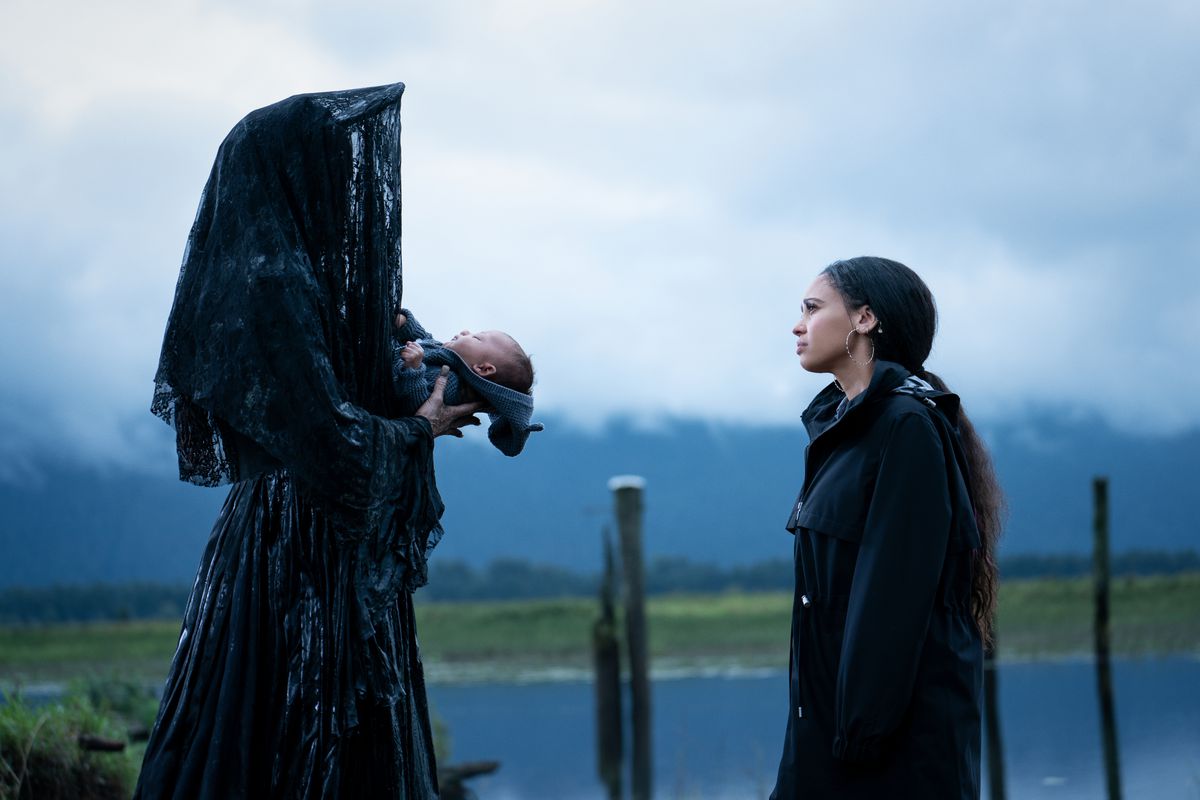
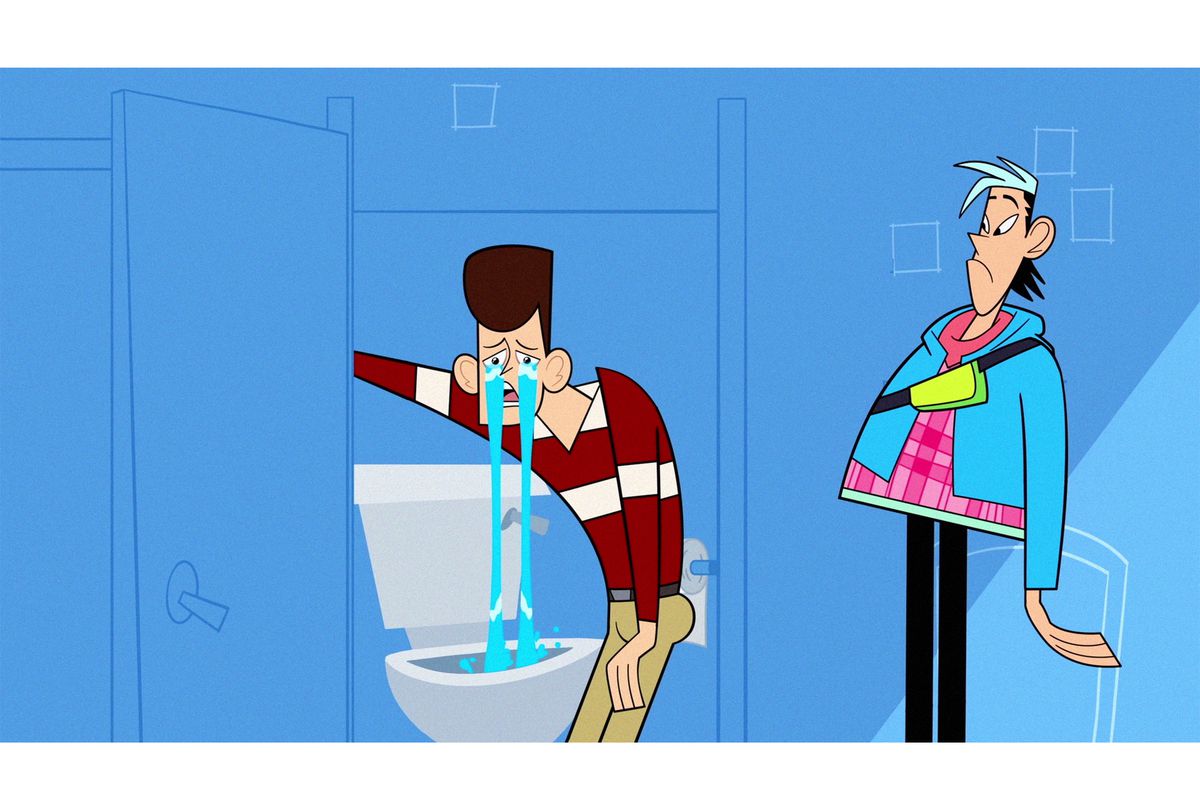
It’s as phony here as it was in the shows season 1 was skewering, and symptomatic of a broader push in media toward cloying sentimentality. Fine for Twitter gifsets, but obstructive to boundary-pushing art. Counterculture is always necessary; it was necessary in 2002, and it’s necessary now. I obviously don’t expect an MTV cartoon to lead the vanguard here, but it’s a shame to see something that once seemed so scrappy and ahead of the curve deliberately soften itself instead of using this renewed opportunity to push back even harder. For all of its dated references, the original Clone High’s approach to parody still feels fresh. Now, in its strained efforts to say something meaningful, it winds up hardly satirizing anything at all.
If this sounds too harsh, it probably is. Season 2, in a vacuum, is an altogether harmless, forgettable few hours of TV. Its finale ends on a dull note, but not a sour one, and I was left with the sense that the show still has plenty of ideas in the barrel: several characters and relationships feel underwritten as-is, and the reboot’s slightly more pronounced commitment to an overarching sci-fi narrative suggests that it may be gearing up for a big crescendo. Whether it will be good, or even necessary, is anyone’s guess. I’m still not convinced Clone High can be rebooted in a way that matters, but I’ll stick around for the (already announced) third season, because I’ve wanted more for too long not to. Maybe, if we’re lucky, the show will find a stronger identity. At the very least, I hope it remembers how to be cool.
Until then, there’s always season 1. I’d recommend watching it on Max, if it wasn’t the version with royalty-free music.
Clone High season 2 is now streaming in full on Max.
- SEO Powered Content & PR Distribution. Get Amplified Today.
- PlatoData.Network Vertical Generative Ai. Empower Yourself. Access Here.
- PlatoAiStream. Web3 Intelligence. Knowledge Amplified. Access Here.
- PlatoESG. Automotive / EVs, Carbon, CleanTech, Energy, Environment, Solar, Waste Management. Access Here.
- BlockOffsets. Modernizing Environmental Offset Ownership. Access Here.
- Source: https://www.polygon.com/23769875/clone-high-season-2-review



